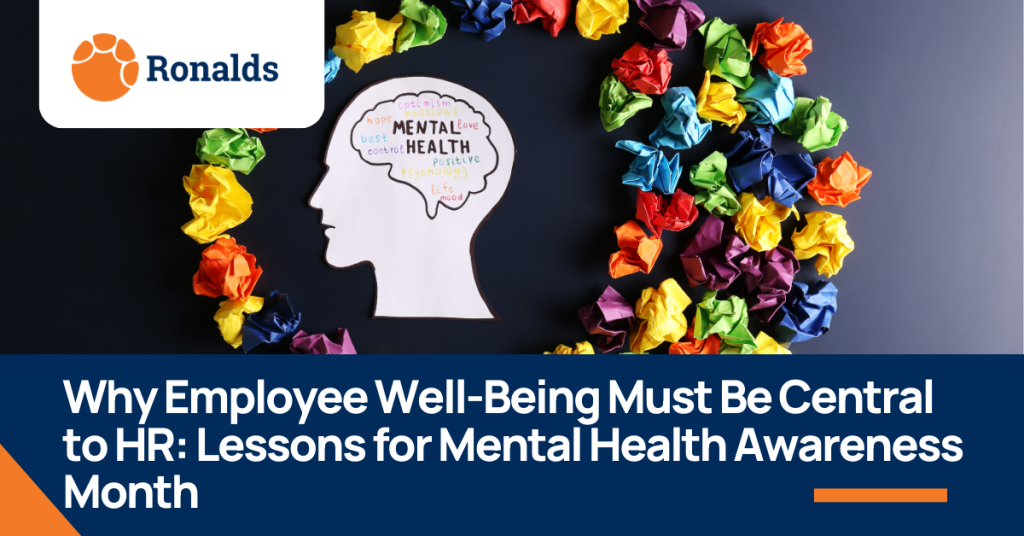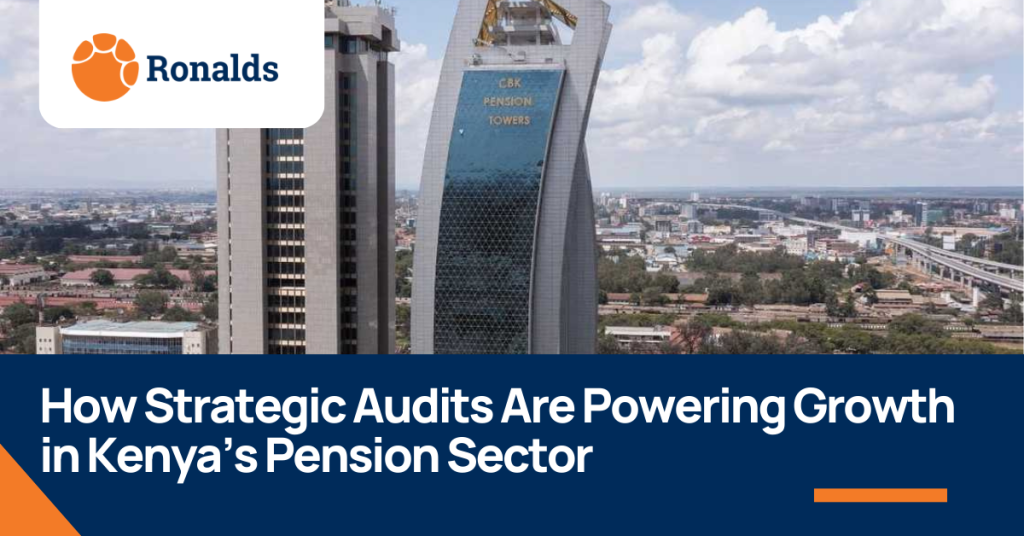Silent Failures in NGO Grant Oversight: When donors and partners invest in NGOs, they expect their funds to create measurable, positive impact. And while most organizations manage resources with integrity, the systems that ensure accountability sometimes falter quietly.
These unnoticed breakdowns, known as silent failures in NGO grant oversight, rarely make headlines. Unlike fraud, they do not explode dramatically. Instead, they creep in slowly, eroding trust, wasting resources, and undermining the very programs they are meant to support.
What Are Silent Failures in NGO Grant Oversight?
Silent failures are oversight weaknesses that do not immediately raise alarms but accumulate into significant risks over time. They are not scandals; they are blind spots. Common examples include:
Inadequate Monitoring: Oversight reduced to paperwork reviews, with little visibility into field realities.
Data Gaps: Reports polished on paper but disconnected from actual outcomes.
Weak Capacity Building: Ignoring the need to strengthen grantees’ financial and operational systems.
Overreliance on Trust: Depending on personal relationships instead of structured accountability mechanisms.
These failures often live between the cracks, quietly undermining the effectiveness of development work.
Why Silent Failures Matter
Unlike outright fraud, which typically sparks immediate investigations, silent failures persist unnoticed, sometimes for years. Their consequences are far-reaching:
Misuse of Funds: Resources diverted to low-impact activities.
Donor Fatigue: Confidence fades when results lack credibility.
Reputational Damage: Both NGOs and donors suffer trust erosion.
Community Distrust: Beneficiaries lose faith in development initiatives.
Ultimately, silent failures do not just affect spreadsheets; they affect lives.
Lessons from the Field
From field experience, it is clear that silent failures thrive when oversight is treated as a formality instead of a partnership. Key lessons include:
Go Beyond Compliance: Oversight is not just box-ticking. It should connect budgets and reports to real-world outcomes.
Close Capacity Gaps: Many NGOs lack resources, not integrity. Donors should invest in strengthening internal systems.
Verify at Multiple Levels: Combine self-reported data with field visits, beneficiary feedback, and independent assessments.
Confront Red Flags Early: Create clear escalation channels so small anomalies are addressed instead of ignored.
How to Prevent Silent Failures in NGO Grant Oversight
Building resilience against silent failures requires intentional action. Here are proven strategies:
Strengthen Monitoring Systems: Use digital tools, third-party verification, and real-time reporting.
Invest in People: Train program staff, auditors, and financial officers to recognize subtle risks.
Foster a Learning Culture: Position oversight as continuous improvement, not punishment.
Balance Trust with Accountability: Relationships matter, but systems must always reinforce them.
Conclusion
Silent failures in NGO grant oversight do not erupt suddenly. They seep in through weak systems, unchecked assumptions, and misplaced trust. By identifying and addressing these vulnerabilities early, NGOs and donors can safeguard resources, maintain confidence, and most importantly ensure communities receive the impact promised to them.
Accountability is not about punishment. It is about building stronger, more resilient partnerships that truly deliver change.
Written by Leonard Bett




